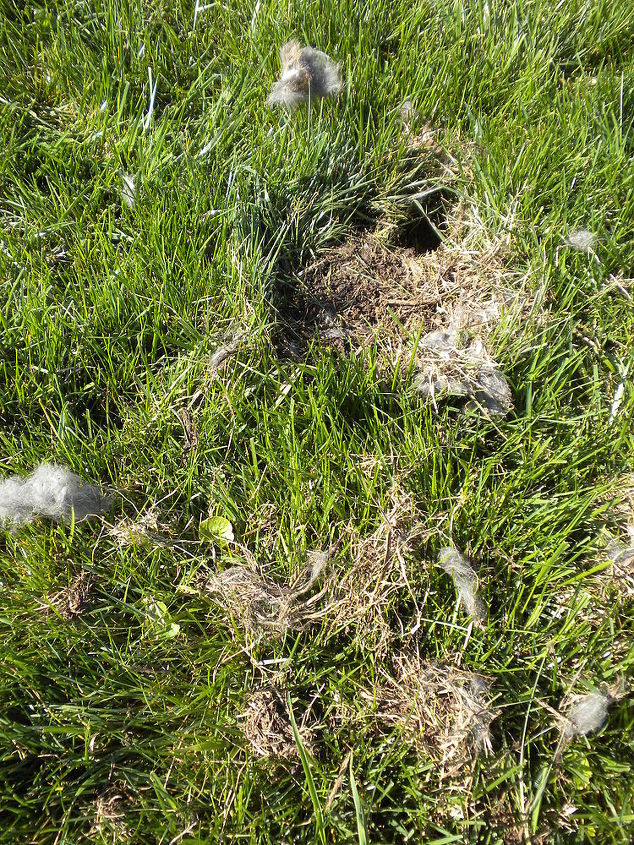If I use herbicide, how localized will the effect be?

My large hilly lot needs some judicious applications of a unilateral herbicide. I don’t want the rain a week from now washing it onto some areas 5-10’ away. I could cover the treated areas when I know rain is coming, but I can’t do that forever.
Related Discussions
GNATS - How to get rid of them?
Somehow my house and garden got tiny gnats that killed my fuchsia plant and fly everywhere. I have tried ALL the Web recommendations - soap and oil dishes, sand in th... See more
Marigolds growing! Should I pinch the buds?
My marigold plants are growing. I heard that pinching the buds until Autumn will allow them to grow without killing the plant. Is this true?
Growing garlic
Growing our first garlic, should we wait until the leaves are drying out before we pick it? Husband picked first one today along with our first potatoes.
How to keep mice out of your garden?
Hi everyone, I have mice in my garden destroying my vegetables and I have also noticed them in the barn and shed. Please can someone tell me how to prevent them from ... See more
What's the best flower/plant to grow in Texas?
I know that opinions vary, but what's your opinion?!I have great luck w Rosemary plants. Green all year long.
Can someone tell me what kind of animal this was in my yard?
I thought maybe a rabbit was burrowing in my yard, but it's almost dead center of my lawn (not a very smart rabbit). The hole is not very deep, and I replanted it onc... See more
Is Creeping Charlie in your lawn a good thing or a bad thing?
Is there a sure-fire way to get rid of Creeping Charley?





I just want until the weather indicates at least a week without rain. If you make your own weed killer you would save a lot of money and it isn't toxic either.
! gallon of white vinegar, 1 cup of salt and 1 Tablespoon of Dawn. Spray using pump sprayer for large areas or hand held spray bottle for small areas on a sunny morning. You should see results by the next day.
if it is dry and hot outside it will dry in a few hours so you wouldn't have to worry about the rain
The best times to apply herbicide are early in the morning, or in the evening, on a calm, not windy, day. These are the times when the stoma, which are the pores in the plant, are most open; when the plant is 'breathing' in the max amount of oxygen and liquids. This is also why these times are best for watering as well.
If you apply the herbicide 24 hours from when rain is forecast, that will be sufficient time for it to be absorbed by the roots.
Mogie is right on track, herbicides kill to the root, enter the soil and are found in run off, bad news all the way around. The run off enters aquifers, streams, rivers and into our drinking water.
Vinegar is very effective and safe-non toxic, it also kills to the root, but it cannot tell the difference between what you want to grow and weeds. Apply on a hot dry day with no rain in sight and you'll see results in 24 hours. Best to you.
Are you just trying to kill everything permanantly?just be rid of weeds there now? will you be regrowing anything? letting the weeds regrow out of control again? can't you just mow and bag them,need to keep them from blooming,getting seed heads then spreading causes more weeds each year.how about some safer products ----- https://www.arbico-organics.com/category/natural-organic-weed-control OR just use horticulture vinegar it still kills microbes,and changes PH of soil but better than toxic chemicals https://supremevinegar.com/2017/12/27/vinegar-acidities-levels-usage/ Old saying "pick your poison" info. on weed killers https://www.weedbusters.org.nz/weed-information/herbicides-trade-names/ more info.long term build-up https://grdc.com.au/resources-and-publications/grdc-update-papers/tab-content/grdc-update-papers/2016/02/herbicide-residues-in-soils-are-they-an-issue-northern. short term use---- The soil half-life of glyphosate is approximately 47 days (with a range of 2 to nearly 200 days depending on soil type and various environmental conditions). But it is not active for a vast majority of that time. In order for glyphosate to be active as a herbicide, it must first (obviously) enter the plant. But glyphosate binds very tightly to soil particles almost immediately upon reaching the soil, and pesticides are not absorbed by plants while they are bound to the soil. Glyphosate is degraded relatively quickly by soil microorganisms, so there is almost never enough available glyphosate in the soil to cause plant injury. So although glyphosate can be detected in the soil for quite some time after application, it has no practical soil activity as a herbicide. We can spray glyphosate to control emerged weeds and plant a new crop on the very same day in most cases without risk of injuring the crop. Sulfonylurea herbicides were introduced in 1982 and have been used for control of nuisance broadleaf weeds and grasses. They can be divided into the pyrimidinylsulfonylureas and the triazinylsulfonylureas. These herbicides are taken up by the roots and foliage and act by disrupting protein synthesis. The sulfonylureas have soil half-lives that range from a few days to two months, and they are degraded by soil microbes and chemical hydrolysis, depending on soil conditions (Sarmah and Sabadie, 2002). These herbicides are generally only slightly toxic to freshwater fish and invertebrates, and practically nontoxic to wildfowl and other mammals.Human health effects from the sulfonylurea herbicides at low environmental doses or at biomonitored levels from low environmental exposures are unknown.
1: spots of poison ivy. I’m allergic & have to not yank it out of the ground.
2: bark chips over dirt in un-planted beds, next to planted beds. I’ve got crab grass that I can yank out of the bark chip beds and it’s back in two weeks. These are the hilly beds adjacent plantings I like.